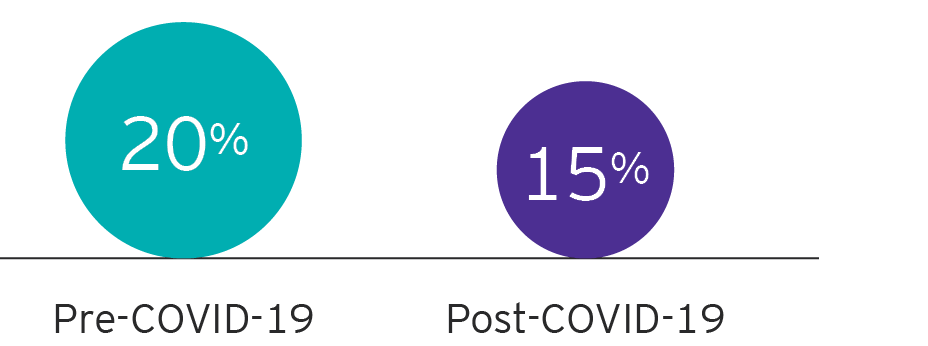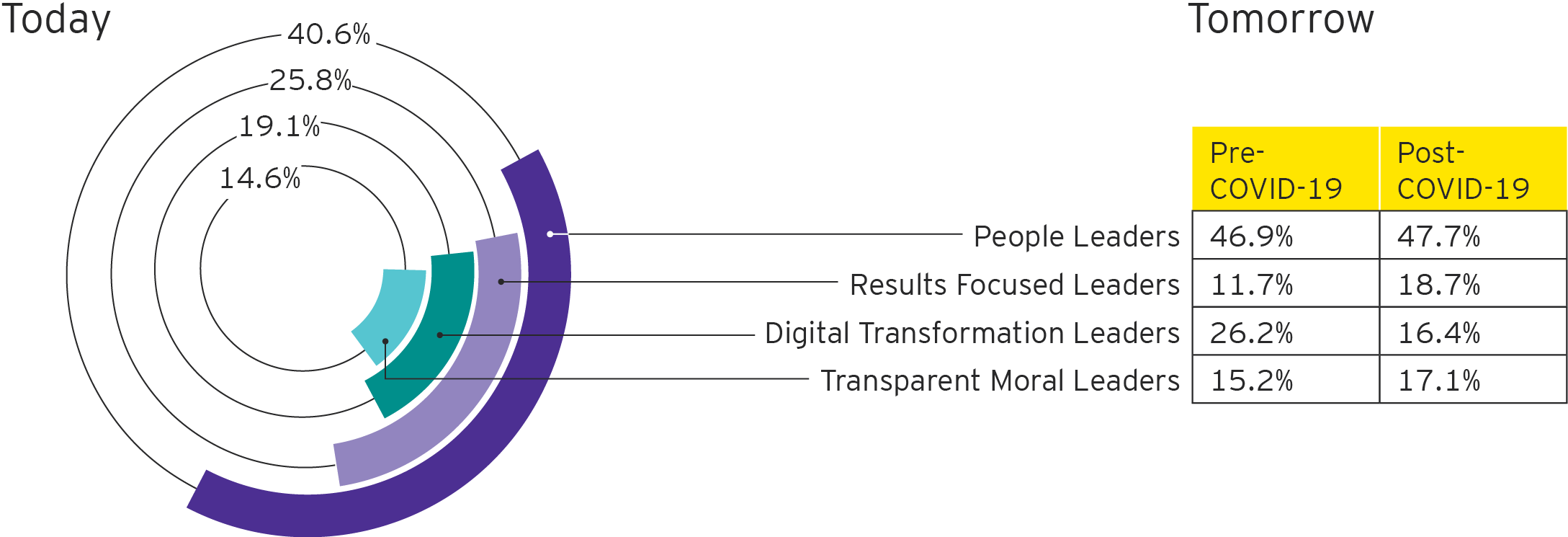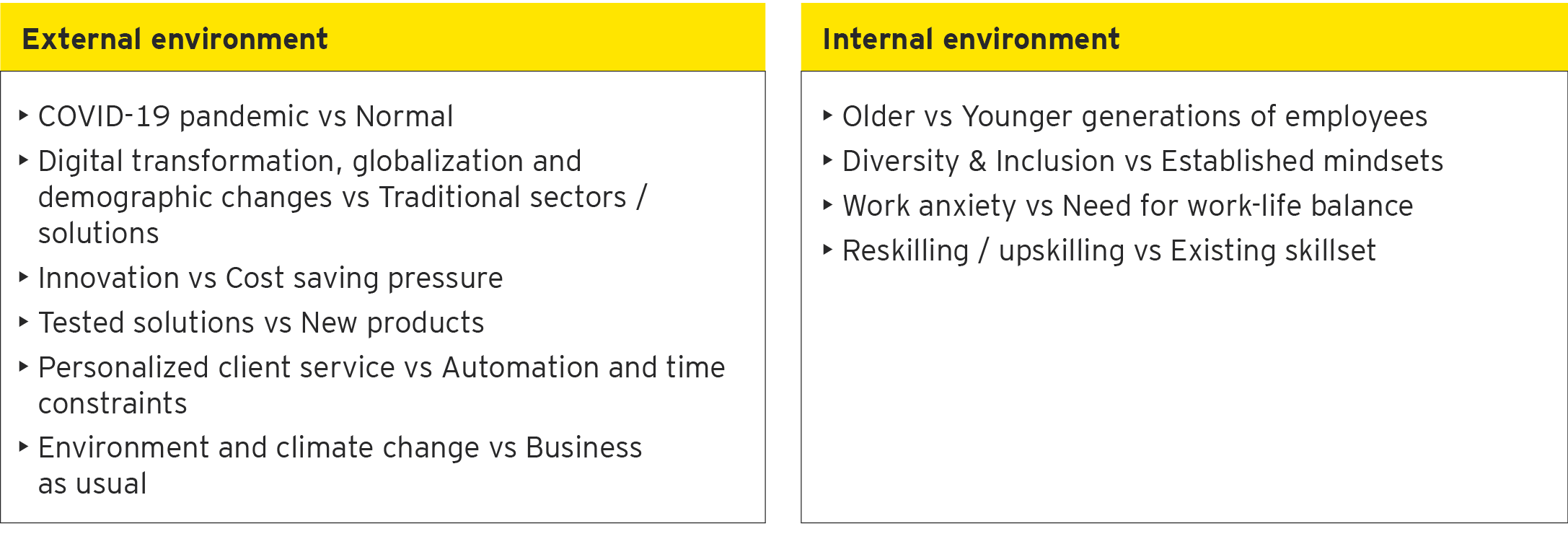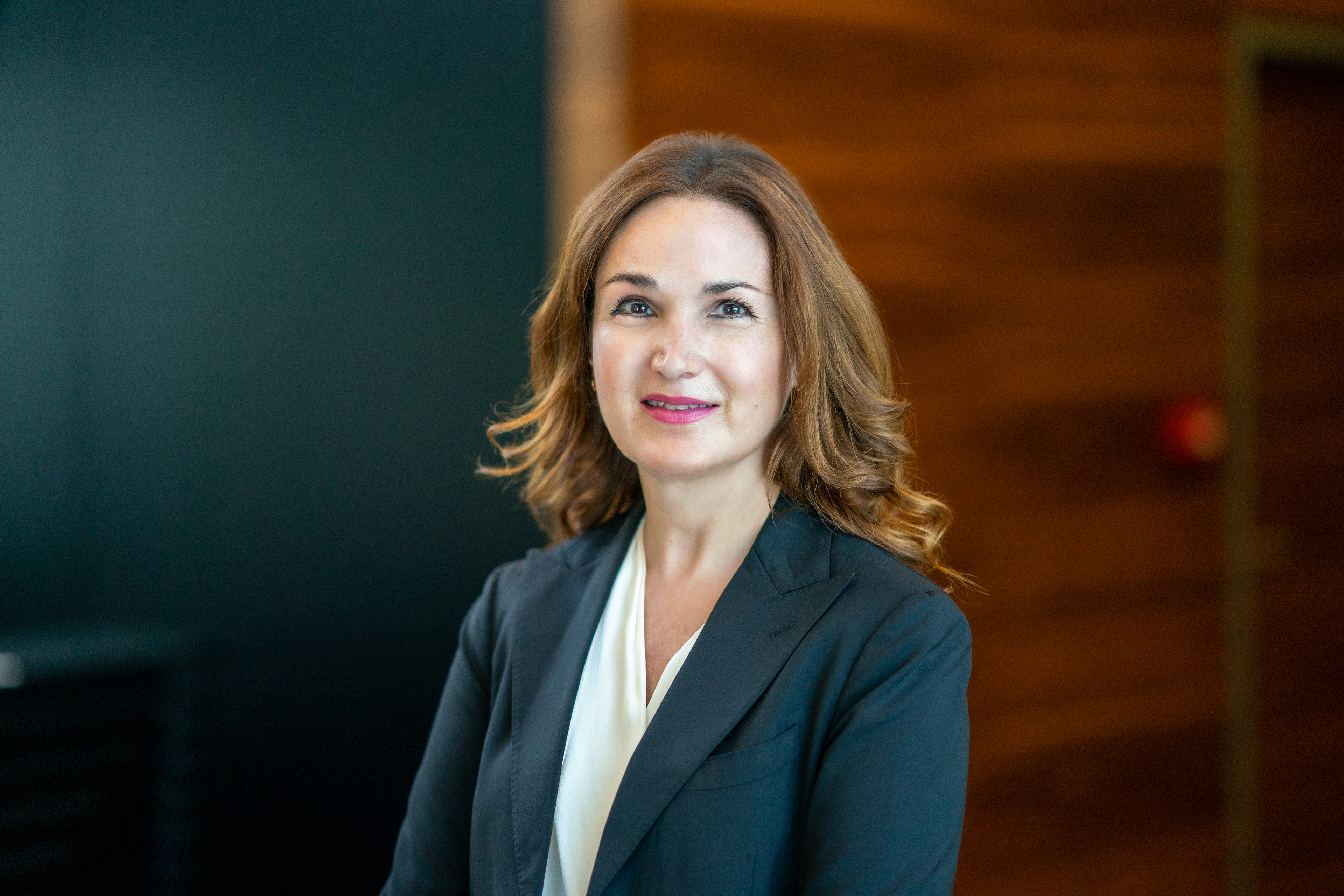EY refers to the global organization, and may refer to one or more, of the member firms of Ernst & Young Global Limited, each of which is a separate legal entity. Ernst & Young Global Limited, a UK company limited by guarantee, does not provide services to clients.

Outlining the profile of tomorrow’s ideal business leader in Greece, today.
After a ten-year period of restructuring of the Greek economy, Greek companies are now faced with the great challenge of a restart, amidst an environment of drastic transformation of the world economy, entrepreneurship, work, as well as of society itself, driven primarily by technological revolution, globalization and demographic change. In parallel, the spread of the COVID-19 pandemic has brought to the forefront a number of new, unprecedented challenges.
In this new, uncertain and fluid environment, Greek business leaders, will need to develop a whole range of new characteristics and skills in order to meet the requirements of their role. These are no longer limited to perceptiveness, business intelligence and determination, but also include sensitivity, empathy, humility, understanding and leveraging technology and innovation, and, of course, business ethics.
At the same time, leadership must be able to inspire and mobilize the human capital. In particular, it needs to inspire the younger generations, which will suffer the most from the effects of the recession in the post-COVID-19 era and will be called upon to contribute to the recovery of the economy and, ultimately, will succeed to the current business leadership.
In this context, we decided to conduct a survey aiming to analyze how business leaders, as well as employees in Greek companies, perceive and experience leadership today, what are the existing constraints, how emerging business challenges affect the role of leadership for the next day, and which is the leadership model that can most safely lead businesses into the next decade.
The gap separating leaderships and the workforce
However, both our qualitative and quantitative research show a significant gap between those who lead and those who follow.
In-depth discussions with job seekers and new employees, highlight significant differences with older generations in terms of their perceptions of their company, their work and their careers. Many of them have attributed less importance to the prospect of a career and becoming a successful executive, instead treating work as a means to achieve personal goals, with free time and enjoying a personal life seen as equally important as remuneration.
The significant differences in perceptions, values and priorities between the leadership of companies and the workforce – younger employees in particular – are highlighted by the findings of our quantitative survey.
Despite the fact that 7 out of 10 employees say that they love their job, younger employees have a more detached attitude toward their job and their company, in stark contrast to the attachment felt by older and more senior colleagues.
This finding, along with the comparatively lower levels of energy that younger employees invest in fulfilling their day-to-day professional responsibilities, seem to confirm the different priorities of the younger generation, as well as the leadership's failure to mobilize and empower it.
The experience of the pandemic, however, appears to have brought younger employees somewhat closer to their companies, and emotionally strengthened the relationship between them. However, a deeper and more substantial connection between younger employees and their leaders is still lacking.
In contrast, as a result of the uncertainty introduced by COVID-19, there was a significant increase in the percentage of those who state that they are significantly pressured by their work.
A leadership that finds it hard to inspire
Overall, close to one in four employees (26%) reported, during the first phase of the survey, that they were very inspired by their company leader / management, compared to 20% who said they were not inspired. During the second wave of the survey, conducted in May 2020, this changed to 39% and 15% respectively, reflecting a high level of satisfaction with the way companies managed the crisis during the first wave of the pandemic.
Nevertheless, only 21% feel that the current leadership, is very close to their ideal leadership profile.
Share of employees not inspired by the leader / management of their company

Characteristics and typologies of leaders
Employees who participated in the survey were asked to rank (among 31 options) the ten most important elements that characterize the leader / management of their company today, as well as those that should characterize the leader of the next decade. The second question was asked again during the second phase of the survey, after the outbreak of the pandemic.
The cluster analysis between these 31 characteristics, has allowed us to identify four basic typologies of leaders.
The typology that stands out today is the "People Leaders", leaders who have a global understanding of the business and its environment, are visionaries, and able to develop and mobilize teams of executives. The predominance of this typology became even more pronounced when employees were asked to identify the ideal leaders of the next decade, both before and after the onset of the pandemic.
The next typology to emerge from the characteristics identified by our survey’s respondents is the "Results Focused Leaders"; these have an astute business acumen and clear thinking, are results-centric and focused on problem solving – characteristics that were seen as critical during the ten-year crisis. Before the pandemic, possibly considering that "the difficulties are behind us", respondents felt that these characteristics would no longer be critical in the next decade, and, therefore, this typology had been placed last.
The "Digital Transformation Leaders", familiar with the new technologies, were seen as ideal leaders of the next decade before the pandemic, but appear to be receding after the crisis, possibly because employees now realize that digital transformation may be a necessary tool for the future, but not a goal in itself.
Finally, the model of "Transparent Moral Leaders", who act with integrity and ethics, still gathers the preference of a relatively small, but measurable and stable, share of respondents.
Typologies of Leaders

The survey clearly highlights the distance and the perception gap that separate the current business leadership from the workforce, as well as leaders’ failure to inspire.
In order to adapt to the demands of the new normal and lead their organizations into the next decade, business leaders must seek to balance a series of contradictions that arise, both externally and internally.

In an age of rapid change and uncertainty, leaders need to understand and incorporate a range of cognitive, behavioral, and emotional aspects about themselves, the business (or team) they lead, as well as their broader contribution to society.
This will help them create a new leadership model, with a new, critical skillset that complements established traditional leadership skills, and allow them to create long-term value for all – not just now, but next and beyond.
To read the survey's executive summary, click here.
If you want to receive the full version of the report (Greek), press here.
Summary
In an uncertain and fluid environment, to inspire their human capital and safely guide their organizations in the next decade, Greek business leaders need to create a new leadership model, by developing a range of cognitive, behavioral and emotional characteristics and skills.



